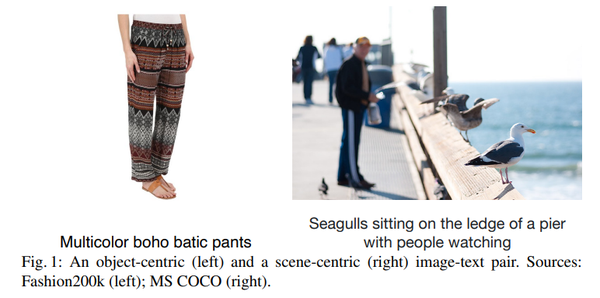Feather, Silk, and Down: Understanding the Differences
Feather, Silk, and Down are all materials commonly used in clothing and bedding, but they have significant differences that are important to understand. Feather is a type of bird feather that can be processed into soft, lightweight materials suitable for use in jackets, coats, and other outerwear. Silk is a natural protein fiber produced by silk worms, commonly used in scarves, ties, and other accessories. Down, on the other hand, is the soft, insulating layer beneath the feathers of certain birds, commonly used in pillows, comforters, and other sleeping products. Each material has its own unique properties and advantages, and understanding these differences can help consumers make better choices when selecting clothing or bedding materials.
When it comes to sleeping comfort, there are few materials that can match the warmth and softness of a good night's sleep. Among these materials, feather, silk, and down are all commonly used in bedding and pillow construction. However, each of these materials has unique characteristics that make them suitable for different applications.
Feather is a common component in bedding and pillow construction, offering a cost-effective solution for those looking for a comfortable night's sleep. It is lightweight and provides good insulation against cold weather. However, feather can be a bit noisy when turned in bed, and it does not provide the same level of comfort as silk or down.

Silk, on the other hand, is a luxurious material that provides a smooth and comfortable sleeping surface. It is hypoallergenic, meaning it is less likely to cause allergic reactions in sensitive individuals. Silk also has natural antibacterial properties that help keep the sleeping environment clean and free from unpleasant odors. However, silk can be expensive and is not as durable as some other materials.
Down is often considered the ultimate in luxury bedding materials. It is warm, lightweight, and provides exceptional insulation against cold weather. Down also has good moisture-wicking properties that help keep the sleeper dry in case of sweating. However, down can be expensive and is not suitable for those with allergies to feathers or down.

In conclusion, feather, silk, and down all have their own unique benefits and drawbacks that make them suitable for different applications. Whether you are looking for a cost-effective solution or a luxurious sleeping experience, these materials can provide you with the comfort you deserve.
Articles related to the knowledge points of this article:
Title: The Cost of a Hermès Tie: A Comprehensive Guide
How to Tie a Mens Tie Perfectly: A Comprehensive Guide
Canadian Down: The Best in Class for Winter Apparel
Title: Stunning Star Scarf Outfits: A Visual Journey through the Perfect Blend of Style and Elegance
The Jacket Factory Store: A Destination for Cold-Weather Apparel
Title: The Art of Elegantly Crafting a Silk Scarf Bow with a Butterfly Knot



